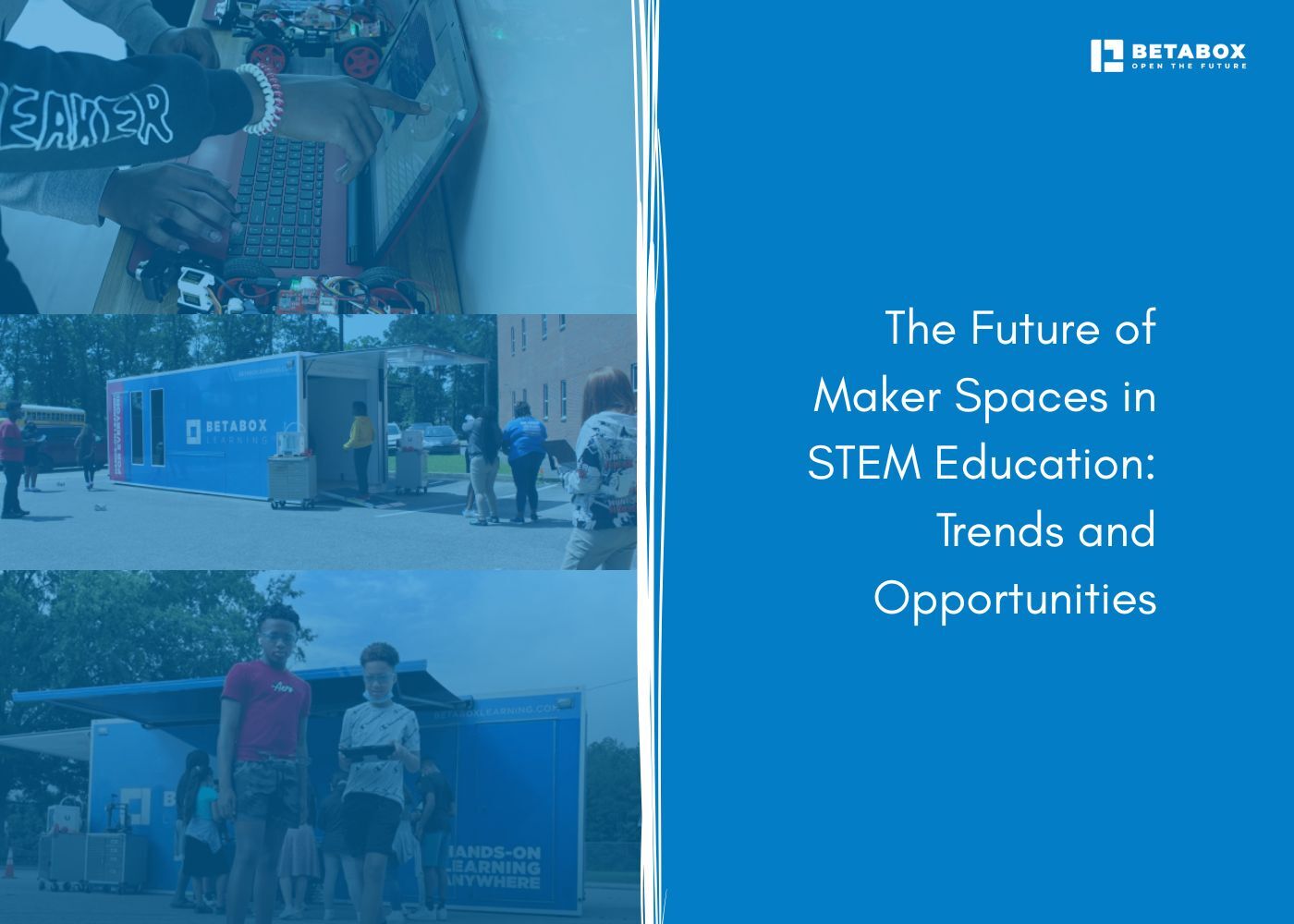
Maker spaces are designated areas where students design, build, and test physical projects using tools ranging from hand saws to 3D printers. Unlike traditional science labs focused on following procedures, maker spaces encourage open-ended exploration and failure as a learning tool.
The shift toward maker-based learning reflects a broader recognition that memorizing formulas doesn't prepare students for careers requiring adaptive thinking and systems design. When students build a working robot or prototype a solution to a local environmental challenge, they're applying multiple STEM disciplines simultaneously while developing the iterative mindset that defines modern engineering work.
Schools implementing maker spaces report increased student engagement in technical subjects, particularly among groups historically underrepresented in STEM fields. The tactile, visible nature of maker projects helps students who struggle with abstract concepts find entry points into complex ideas.
Fixed maker spaces require dedicated rooms, budgets for equipment, and trained staff. Many schools lack one or more of these resources. Mobile maker space solutions bring tools and projects directly to classrooms or even school parking lots, removing logistical barriers to implementation.
Betabox Onsite Field Trips exemplify this model by delivering turnkey STEM experiences in mobile labs, allowing entire grade levels to engage with advanced maker technologies regardless of their building's infrastructure.
Modern maker spaces blend traditional hand tools with digital fabrication equipment. Students might sketch designs on paper, refine them in CAD software, prototype with a laser cutter, and iterate based on testing. This workflow mirrors professional product development cycles and builds fluency across analog and digital mediums.
Forward-thinking schools are connecting maker spaces to local industries and technical colleges. Students work on real community challenges, from designing assistive devices for senior centers to prototyping solutions for small businesses. These partnerships provide authentic audiences for student work while building awareness of regional career pathways.
The Next Generation Science Standards include engineering design as a core component across grade levels. Maker spaces provide the physical environment where students can complete the full design cycle: define problems, develop solutions, optimize designs, and communicate results.
Rather than treating engineering as a separate unit, maker-based learning integrates it with science content. Students studying ecosystems might design and build wildlife monitoring devices. Those exploring energy concepts could construct and test solar-powered systems.
NGSS emphasizes seven cross-cutting concepts including patterns, cause and effect, and systems thinking. Maker projects naturally surface these concepts. When a student's bridge design fails under load, they directly observe cause and effect. Debugging a malfunctioning circuit reveals systems and their interactions.
The NGSS science and engineering practices (asking questions, developing models, analyzing data) describe what scientists and engineers actually do. Maker spaces transform these practices from abstract skills into concrete activities students perform while building functional objects.
The toolkit available to student makers has expanded dramatically while simultaneously becoming more accessible.
Essential Digital Fabrication Tools
Electronics and Robotics Platforms
Emerging Technologies
Schools don't need every tool to launch effective maker programs. Strategic selection based on curriculum goals and student interests yields better results than trying to stock a comprehensive lab.
Hands-on Projects from Betabox provide curated tool kits matched to specific learning objectives, helping educators avoid both analysis paralysis and costly purchasing mistakes.
Maker spaces naturally create opportunities for students to teach each other. One student's 3D printing knowledge combines with another's carpentry skills. This peer instruction builds both technical and communication capabilities.
Complex projects require distributed work. Students learn to divide tasks, coordinate timelines, and integrate individual contributions into coherent final products. These collaborative skills transfer directly to professional STEM environments.
Maker spaces thrive when feedback is normalized. Students present prototypes, receive suggestions, and improve designs. This culture of constructive critique helps students separate ego from work and view revision as refinement rather than failure.
The most significant challenge facing maker education is equitable access. Schools in well-funded districts often have dedicated maker space coordinators and regularly refreshed equipment. Rural and Title I schools may lack basic tools, training, and space.
Addressing this gap requires funding models that don't rely solely on local property taxes. Public-private partnerships and state-level initiatives can direct resources to under-resourced communities. Mobile delivery models also help by sharing expensive equipment across multiple schools.
Many teachers feel unprepared to facilitate maker learning, particularly if they lack engineering or technical backgrounds. Effective professional development must be hands-on, sustained, and focused on facilitation skills rather than technical mastery.
Teachers don't need to be expert makers themselves. They need strategies for managing open-ended projects, assessing process alongside products, and connecting student work to learning standards.
Power tools and fabrication equipment introduce safety considerations that make administrators cautious. Clear protocols, age-appropriate tool selection, and proper supervision address most risks. Starting with hand tools and simpler technologies allows schools to build a safety culture before introducing more complex equipment.
Artificial intelligence tools will increasingly assist student designers by suggesting structural improvements, identifying potential failure points, and generating design variations. Rather than replacing student creativity, these tools can accelerate the iteration cycle and help students explore possibilities they might not have considered.
The next evolution of maker spaces will explicitly connect project work to career pathways. Students building robots don't just learn programming; they also learn about mechatronics careers, automation industries, and the skills employers value.
Career pathbuilding tools help students reflect on maker experiences and map connections to future opportunities, making the abstract concept of "STEM careers" tangible and personally relevant.
Maker learning will extend beyond dedicated STEM classes into humanities and social studies. Students might fabricate historical artifacts, design solutions to social challenges, or create physical models of abstract concepts. This cross-curricular integration helps all students develop technical confidence.
Schools may increasingly share resources through regional maker networks. A county-wide equipment library, traveling expertise, and collaborative projects across schools could maximize limited resources while building broader communities of practice.
Whether you're exploring mobile STEM experiences for your entire school or seeking hands-on curriculum that integrates maker principles into existing classes, Betabox provides evidence-based resources designed for practical implementation.
District leaders can explore comprehensive program implementation options that include planning, funding support, and impact measurement.
Start your application to discover how turnkey maker experiences can close STEM access gaps in your community, or book a blueprint call to design a custom implementation plan aligned with your district's goals.
What are maker spaces and how do they support STEM education?
Maker spaces are learning environments where students design and build physical projects using tools ranging from hand tools to digital fabrication equipment. They support STEM education by engaging students in authentic engineering design processes, encouraging iterative problem-solving, and making abstract concepts tangible through hands-on construction.
How are maker spaces aligned with Next Generation Science Standards?
Maker spaces naturally align with NGSS through their focus on engineering design practices, integration of cross-cutting concepts like systems thinking, and emphasis on science and engineering practices. Students in maker spaces complete full design cycles, apply multiple STEM disciplines simultaneously, and engage in the same processes professional engineers use.
What are the latest trends in educational maker spaces?
Key trends include mobile and modular maker space models that bring tools to schools rather than requiring dedicated rooms, hybrid workflows blending physical and digital fabrication, community partnership integration connecting student projects to real-world challenges, and emerging AI-assisted design tools that augment student creativity.
What technologies are commonly used in maker spaces?
Common technologies include 3D printers, laser cutters, microcontrollers like Arduino and Raspberry Pi, robotics platforms, sensor kits for data collection, and CAD software. However, effective maker spaces also include traditional hand tools, craft supplies, and low-tech materials. Strategic tool selection based on learning goals matters more than comprehensive equipment lists.
How do maker spaces promote collaborative learning in schools?
Maker spaces promote collaboration through peer teaching where students share specialized skills, team-based projects requiring distributed work and coordination, and critique cultures where students present prototypes and receive constructive feedback. Complex builds naturally require multiple perspectives and skill sets, creating authentic reasons for students to work together.


Ready to learn how Betabox resources can be implemented at your school or District?
Book a Blueprint Call

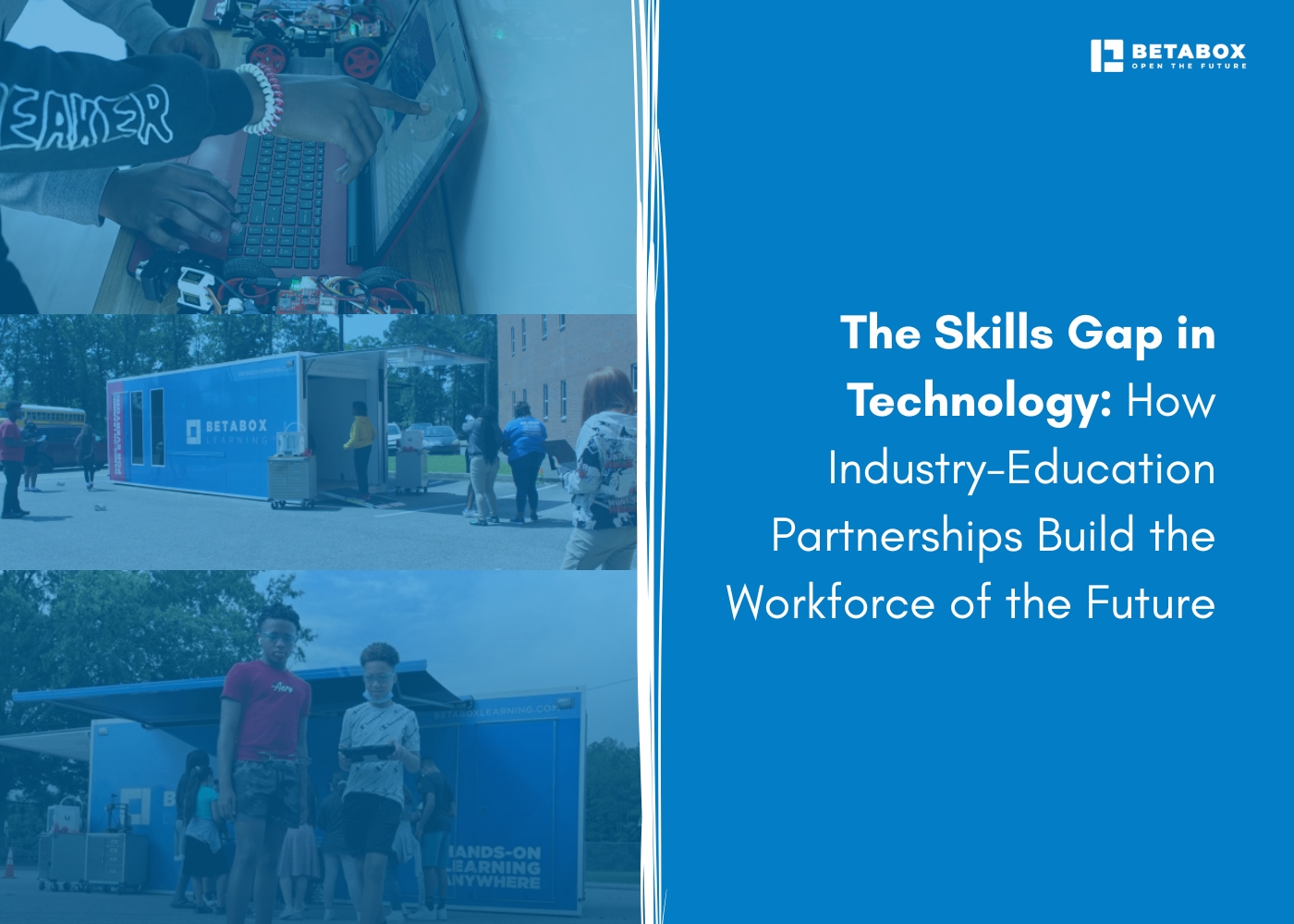

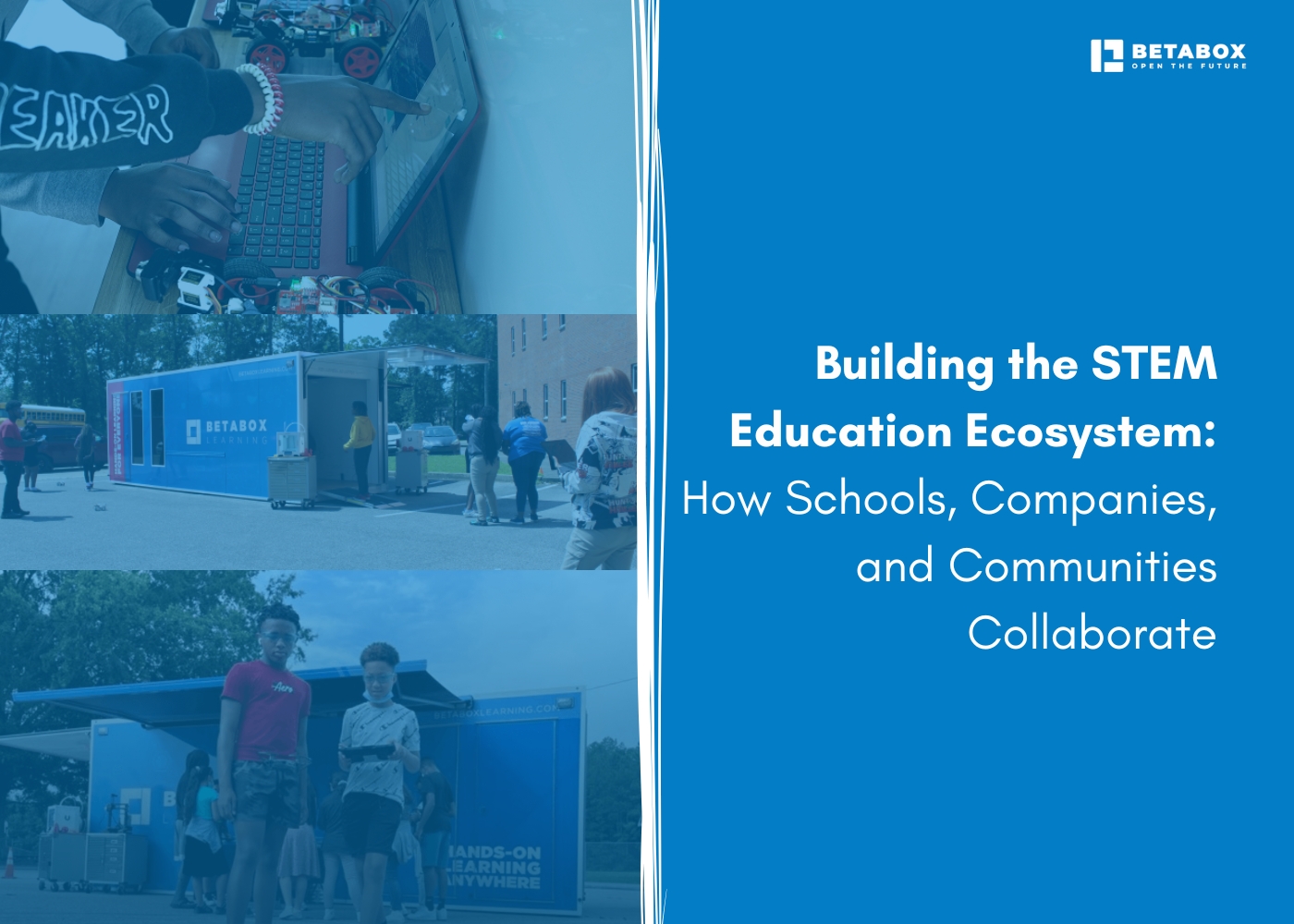

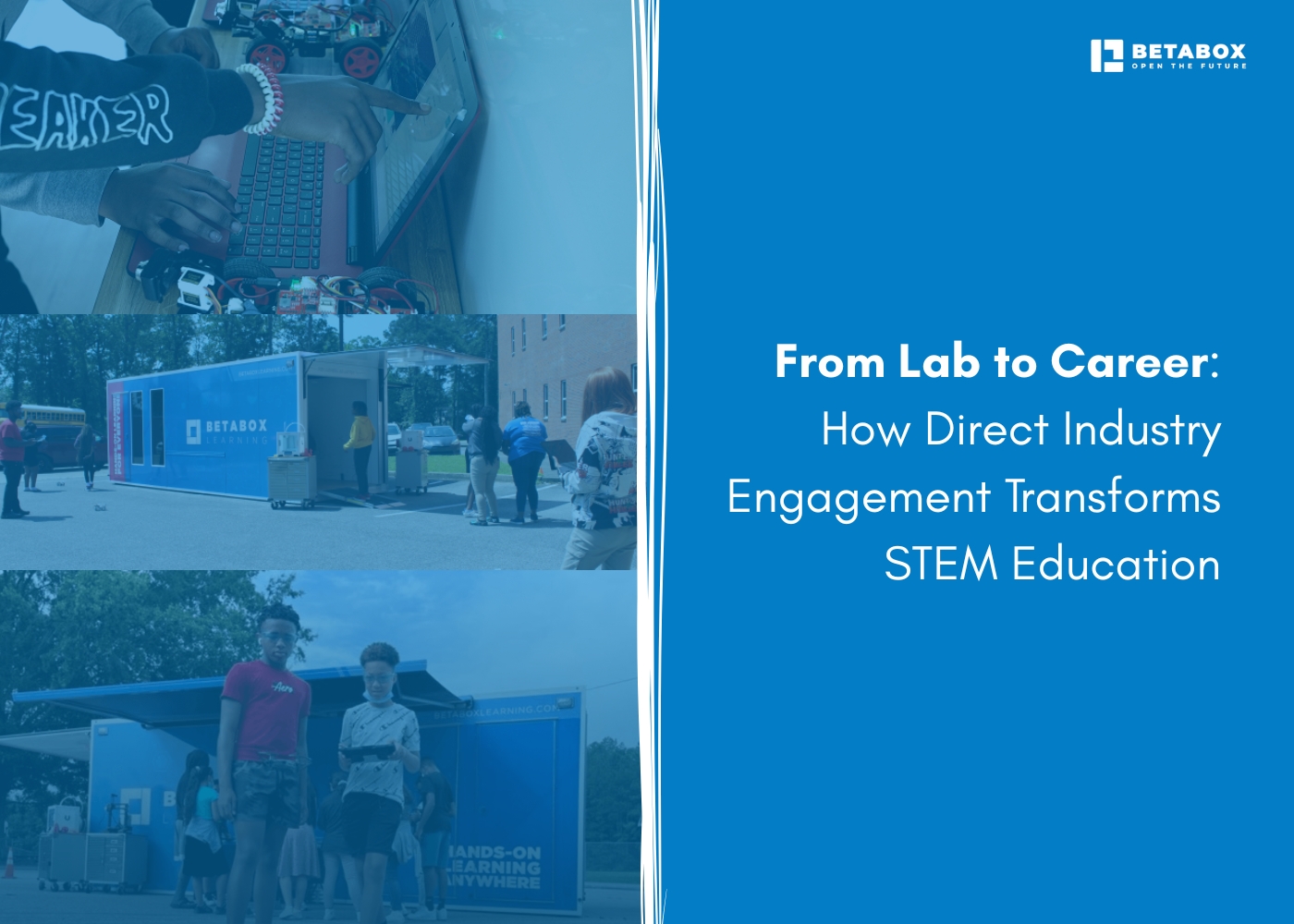

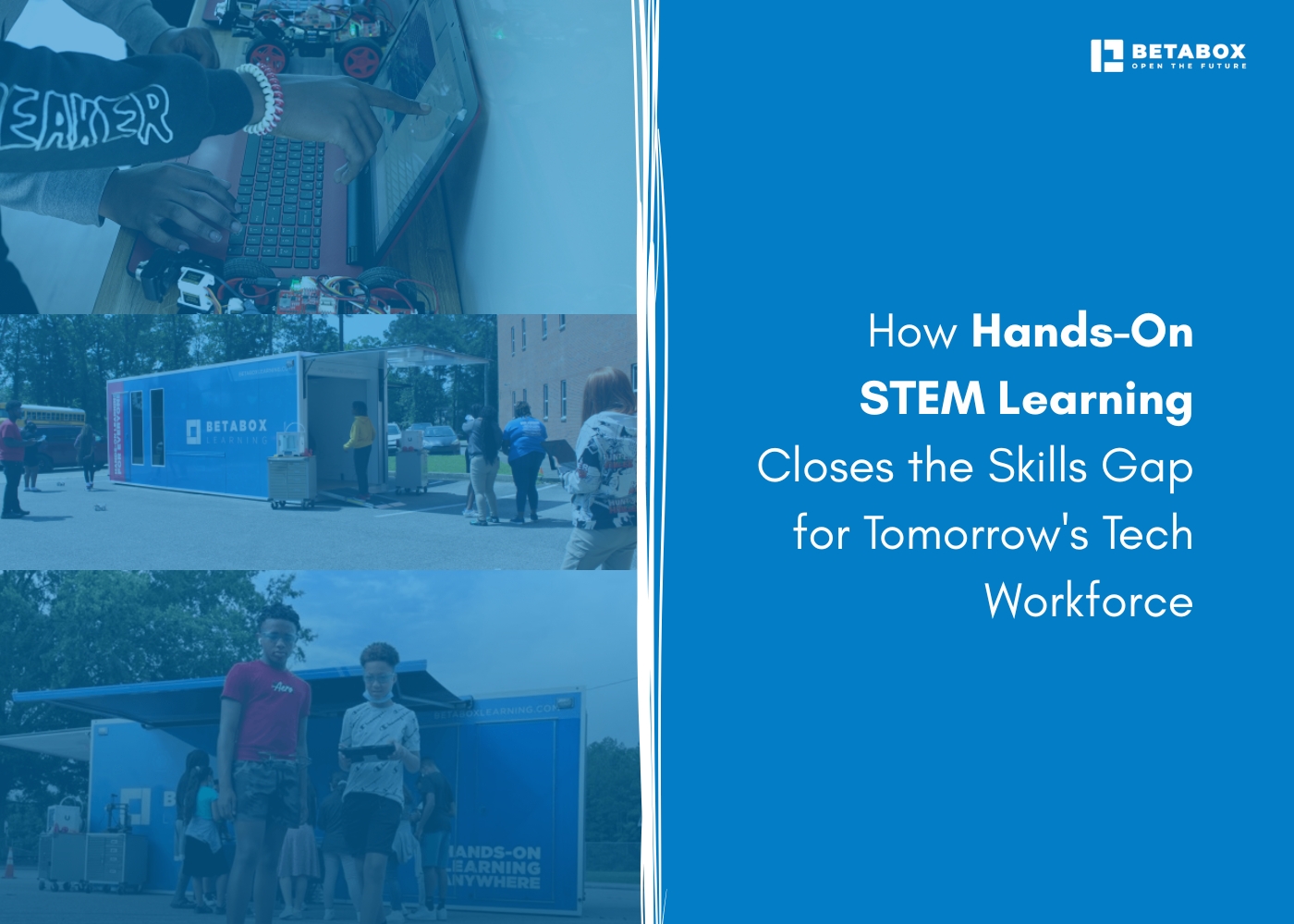

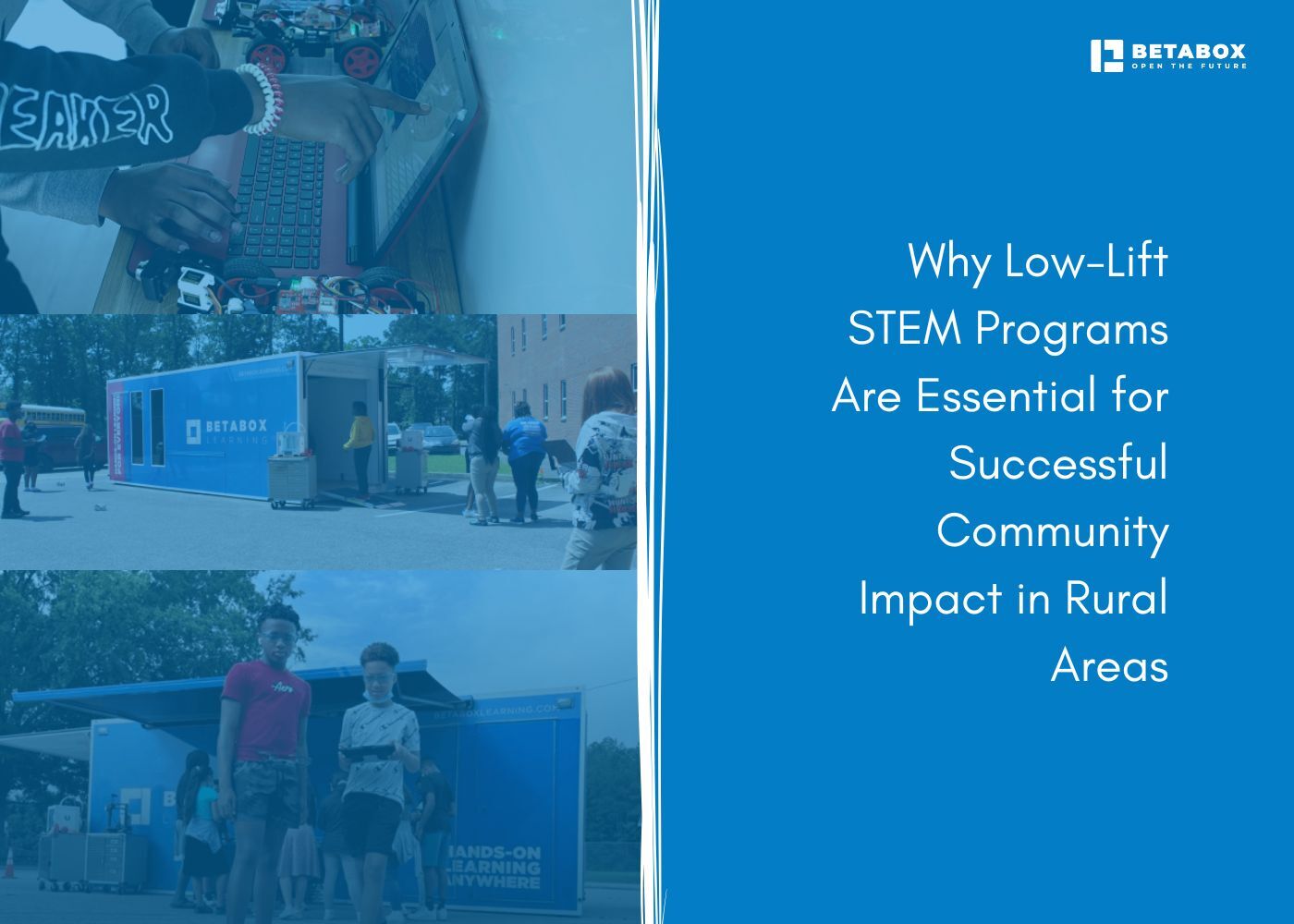

.jpg)

.jpg)

.jpg)

.jpg)





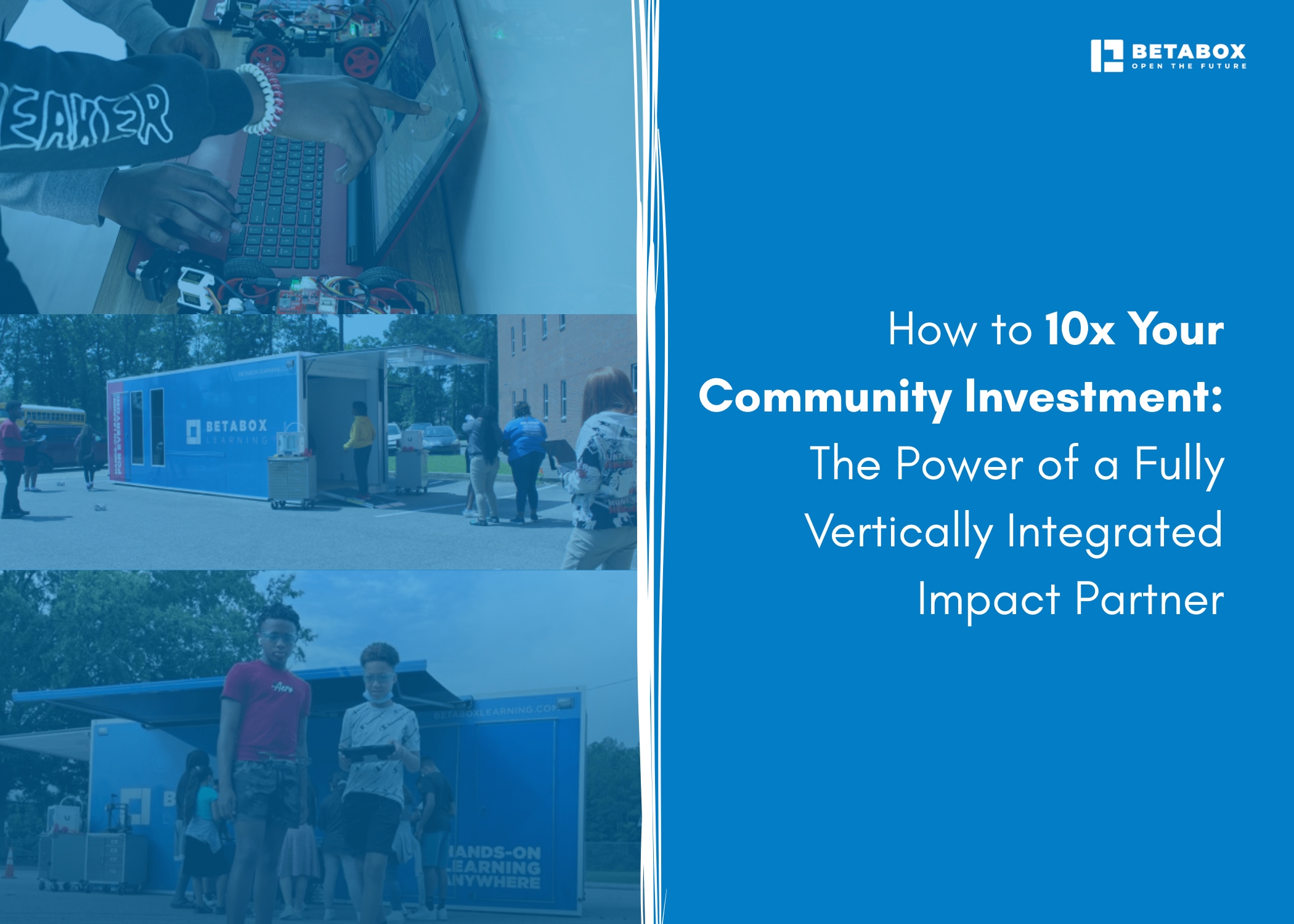

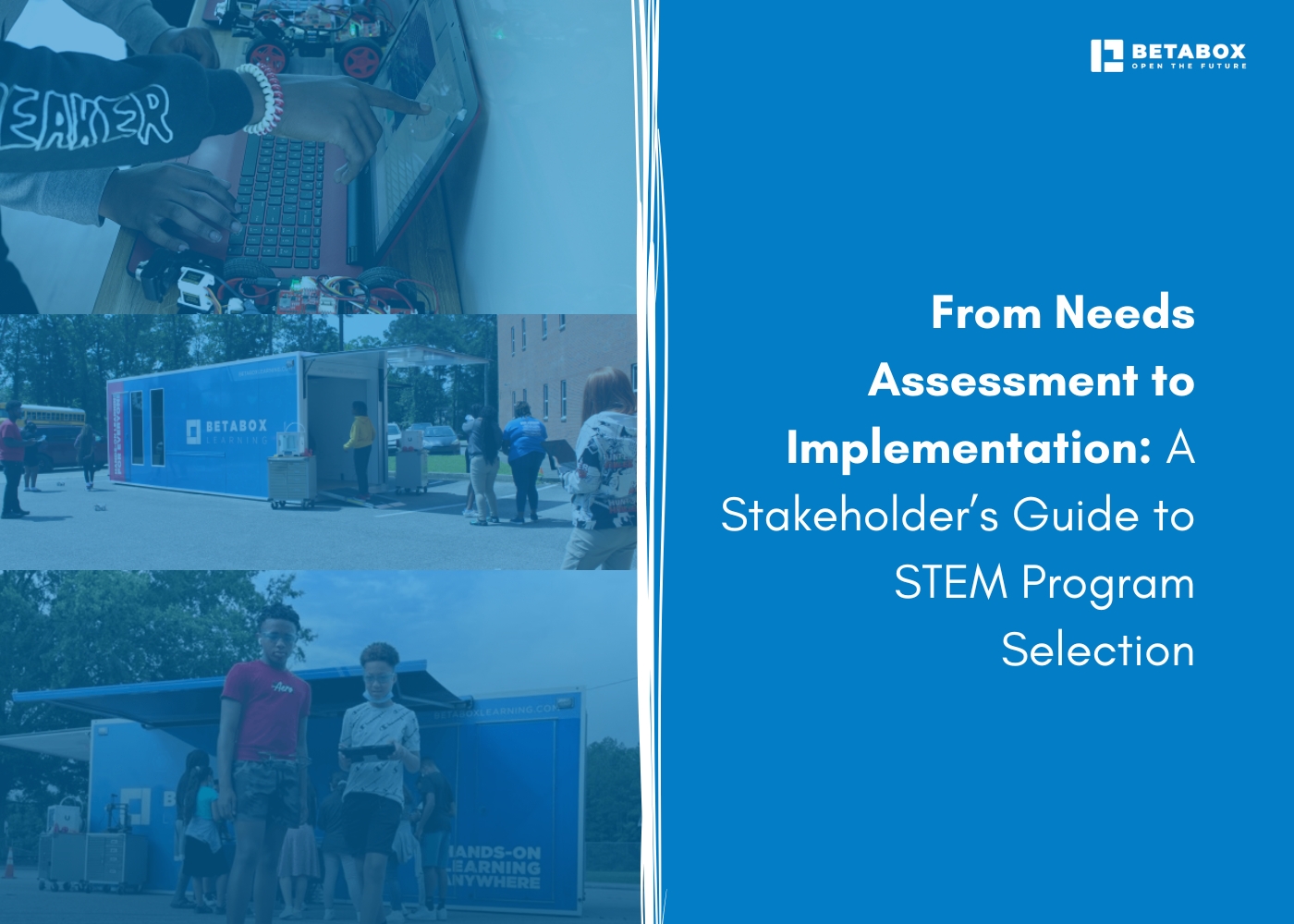

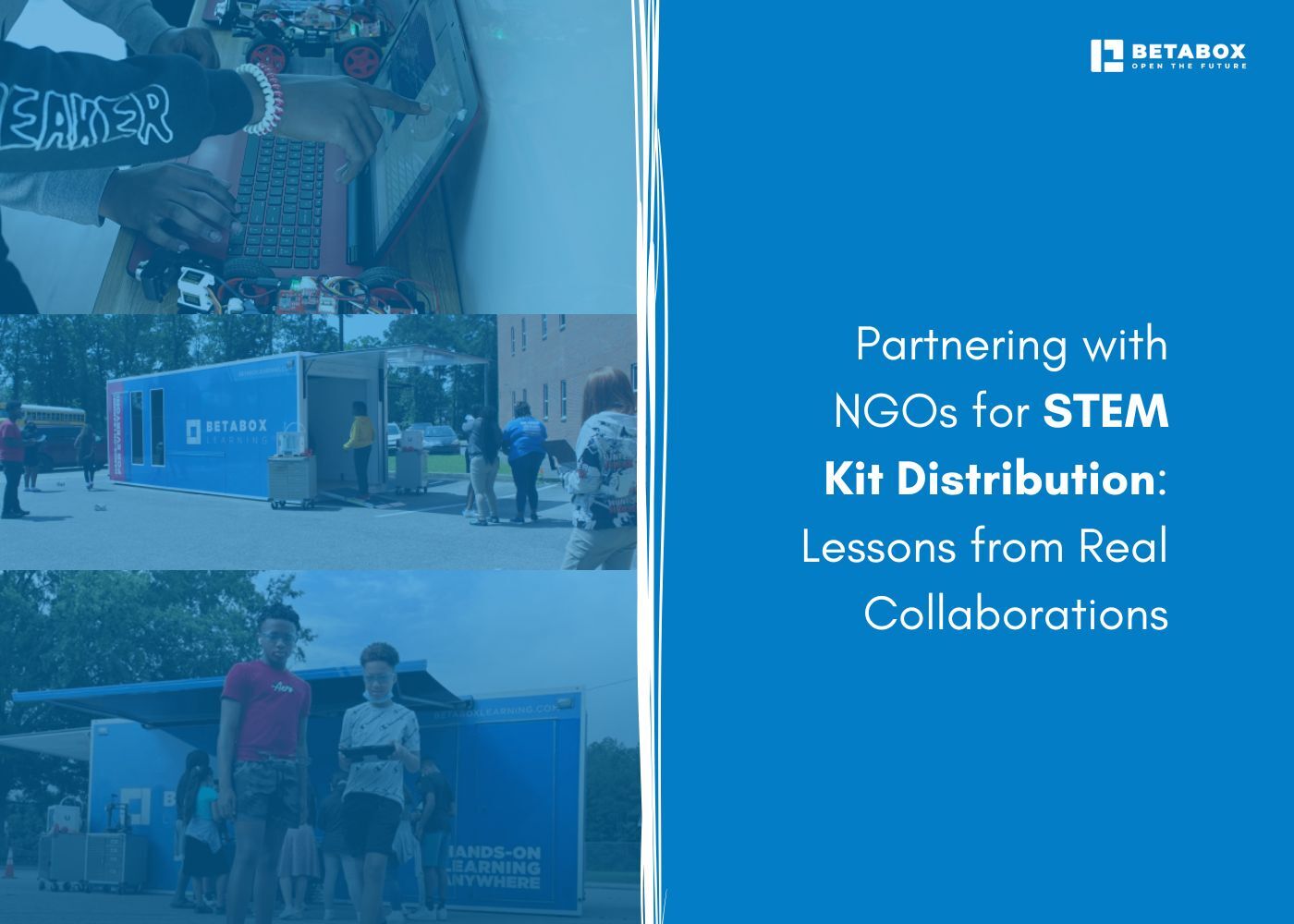

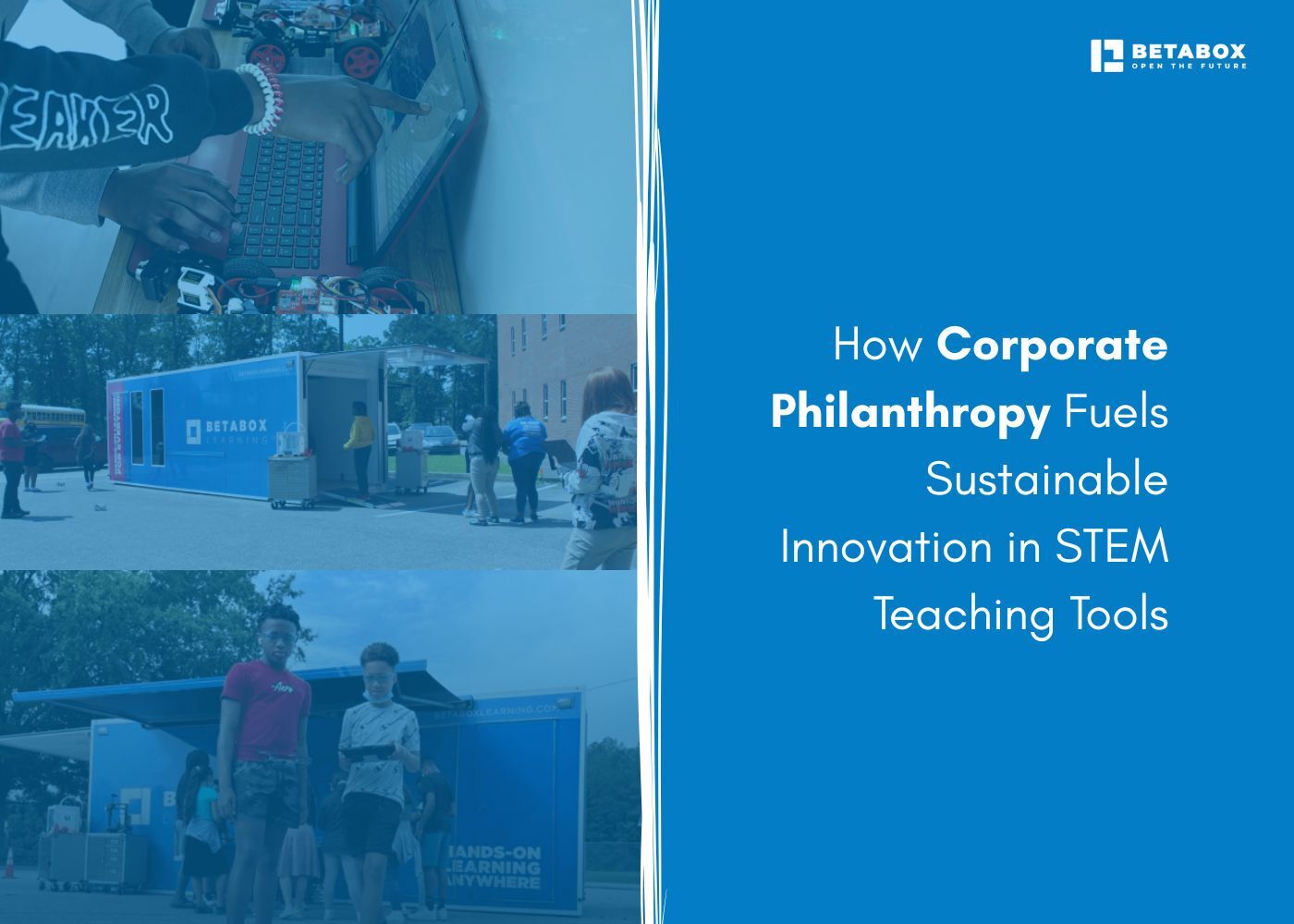

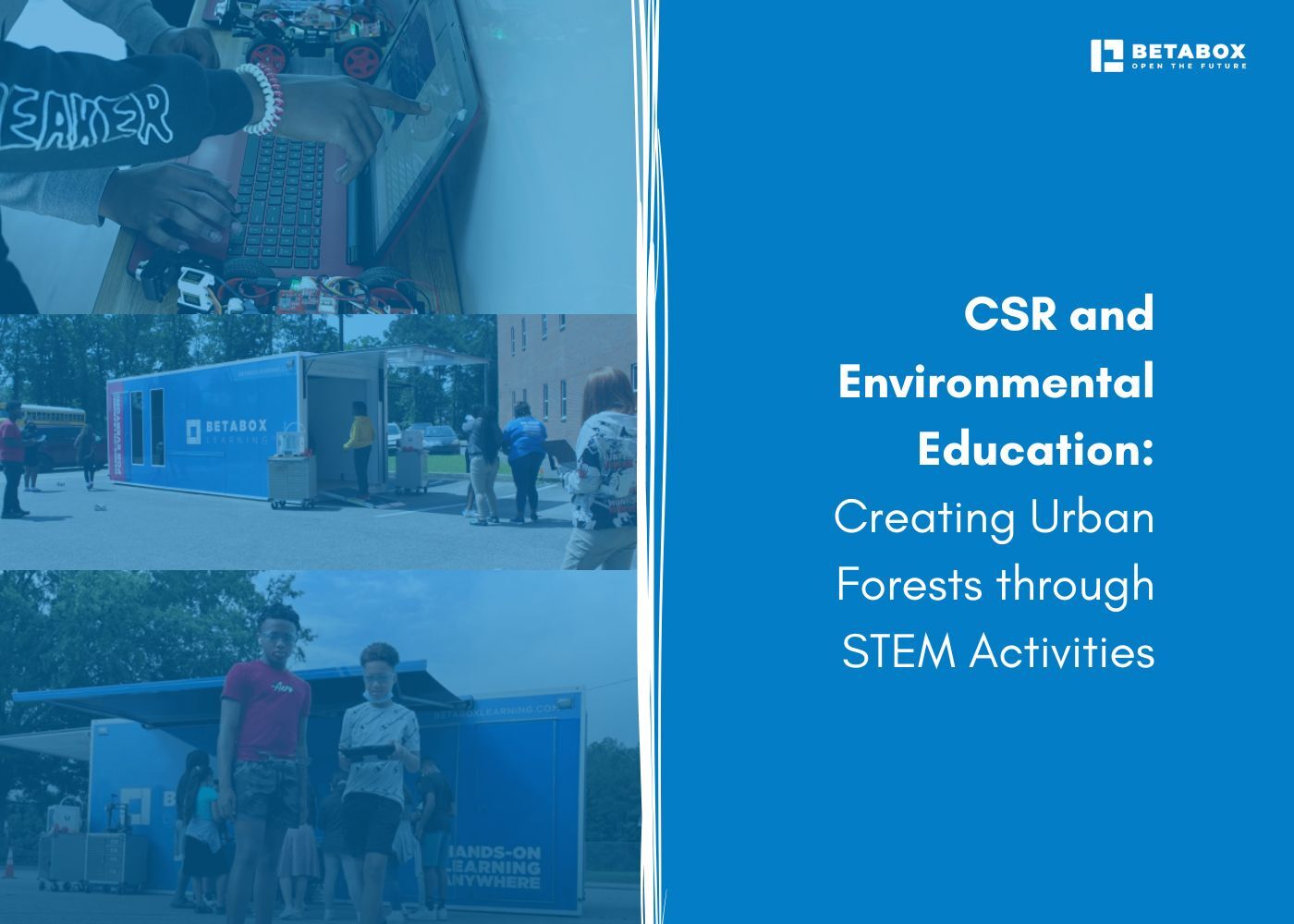

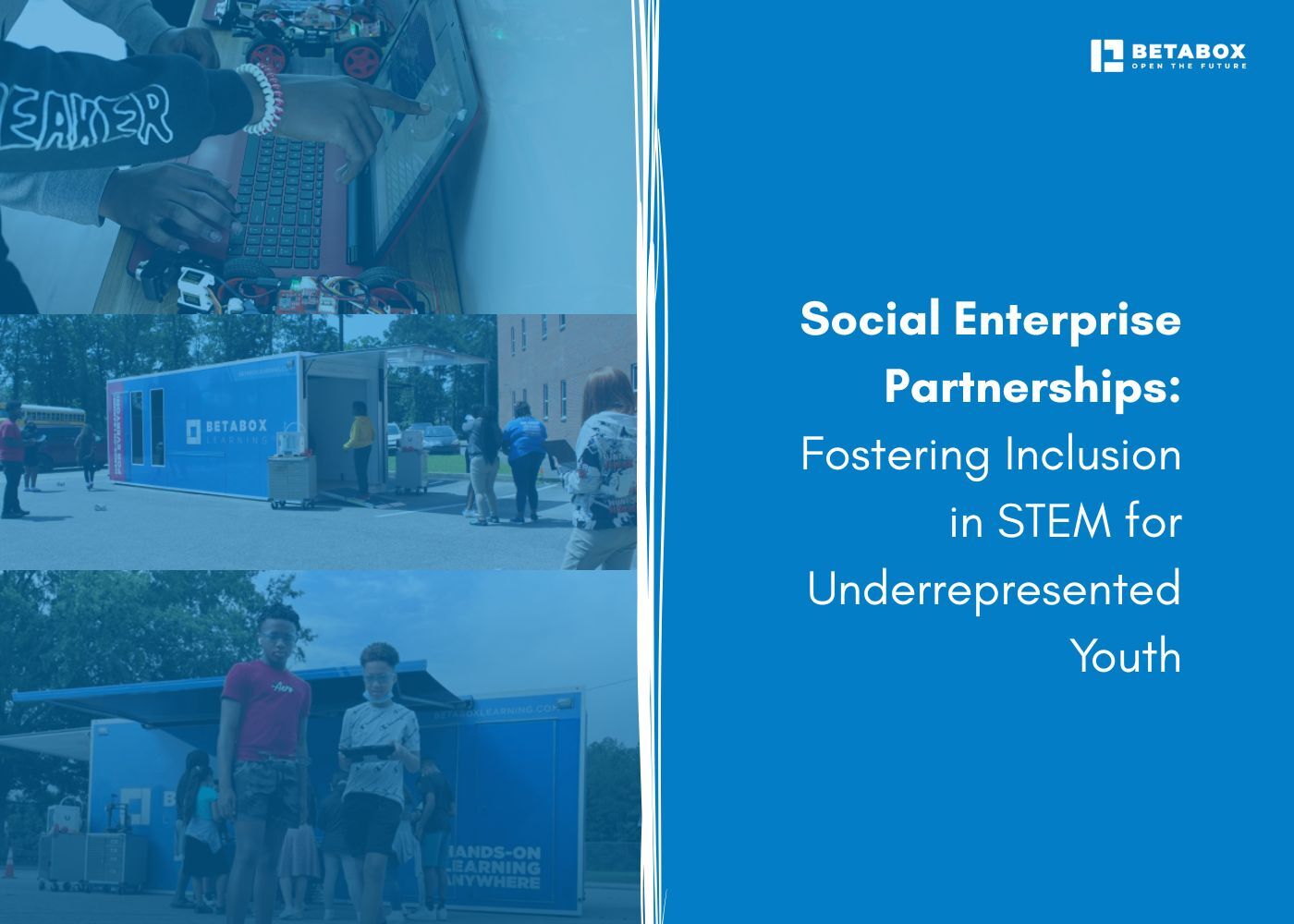

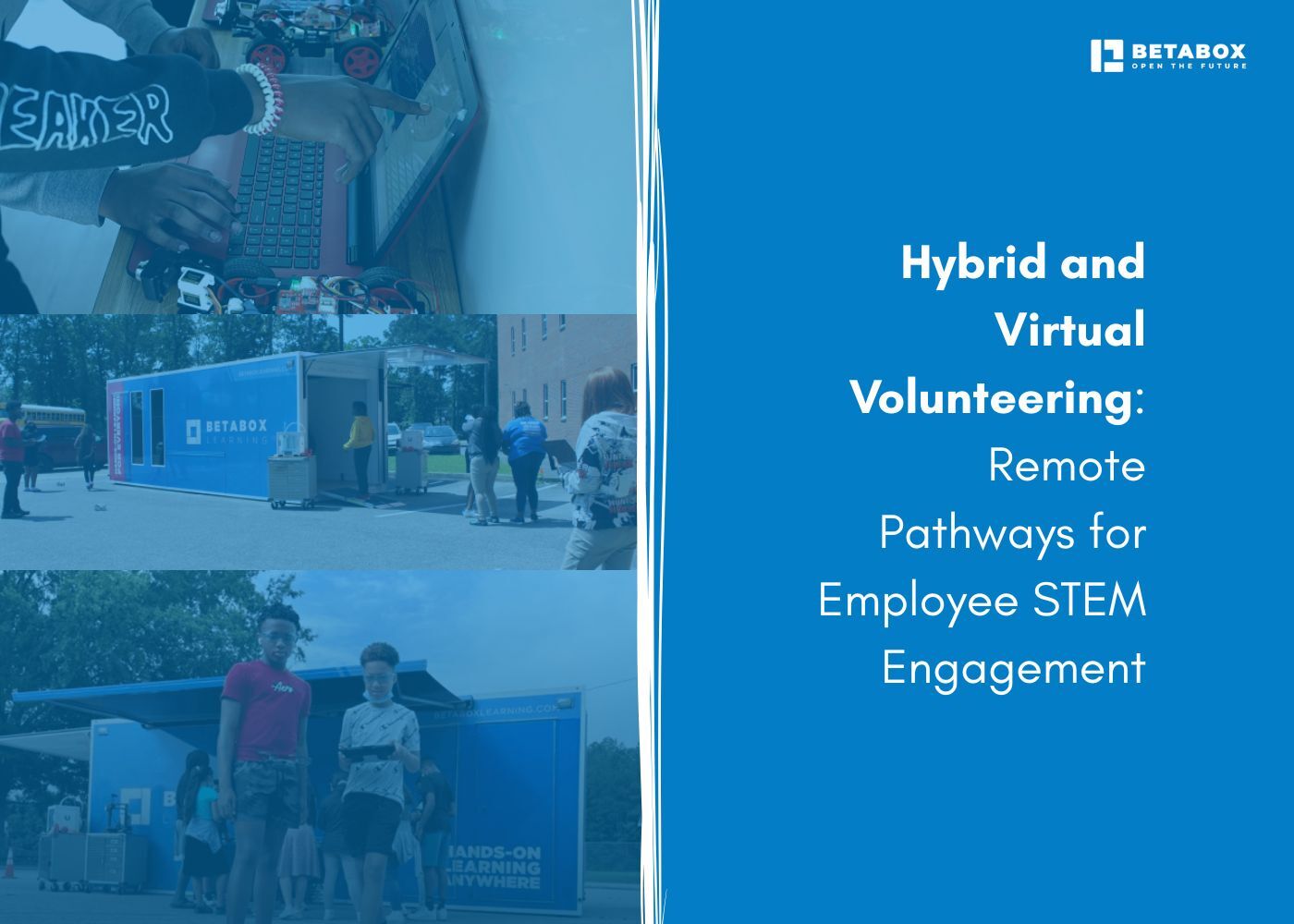

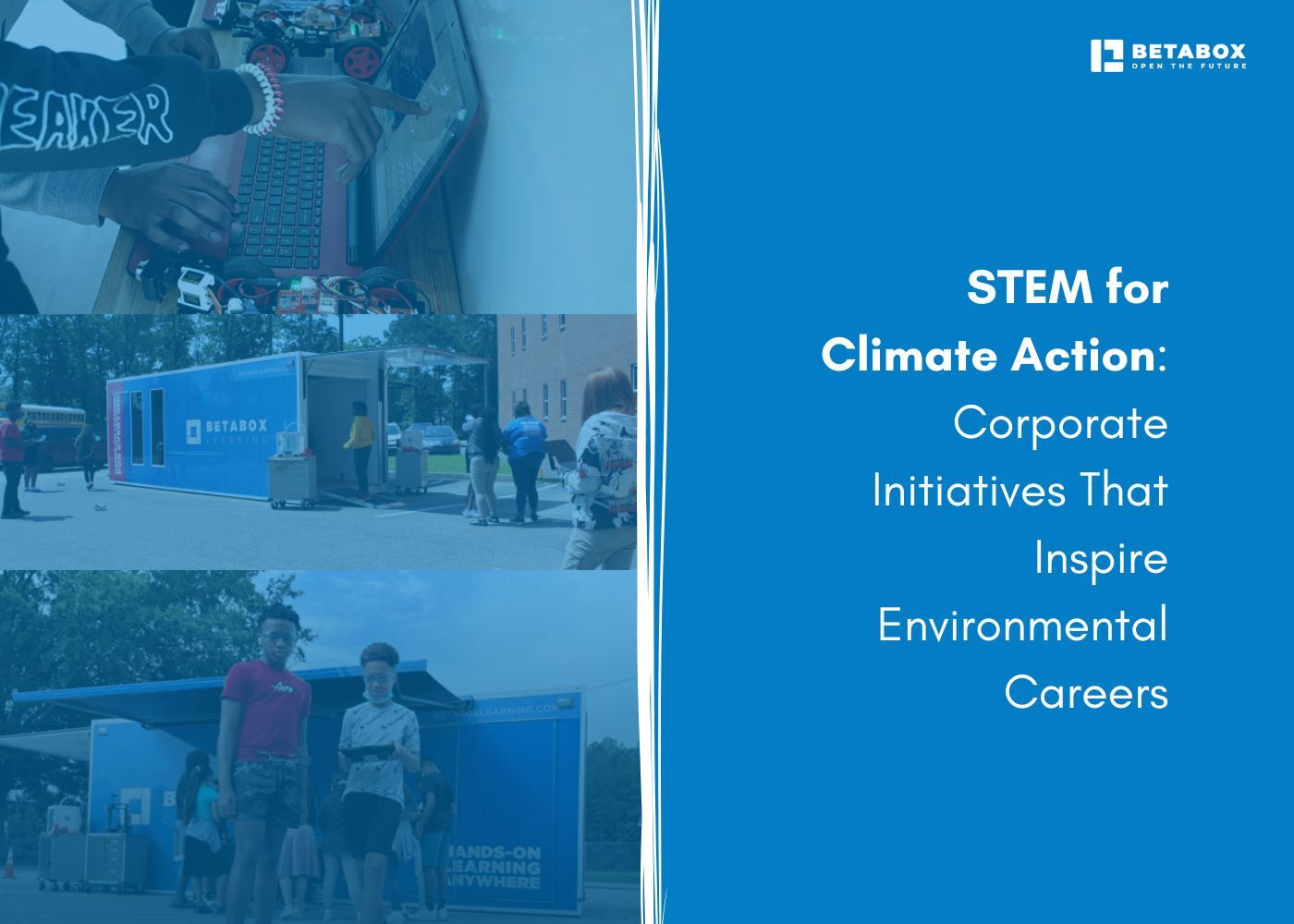



At Betabox Learning, we are passionate about making hands-on STEM curricula accessible to all students.

Join our newsletter to stay in the loop on all things Betabox and the future of STEM education.
By submitting your email address, you agree to our Privacy policy and Terms of Service. You can unsubscribe any time via the link in your email.
© 2025 Betabox. All Rights Reserved
